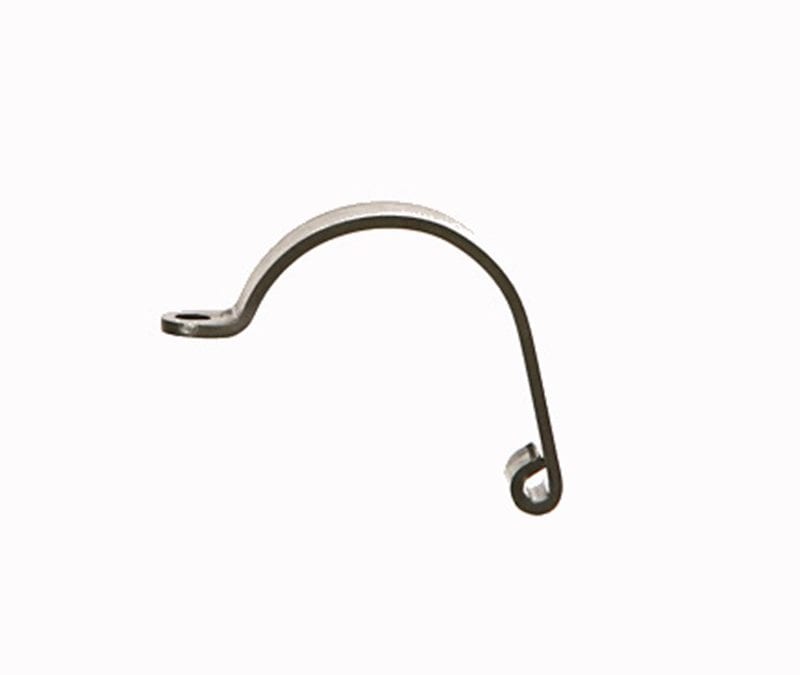If you’re curious about the process of creating complex parts, you probably want to learn more about the sheet metal stamping process. It’s a process that takes flat sheet metal and shapes it into a variety of shapes and designs. Depending on the materials used, sheet metal designs can include anything from rapid prototyping to completed electronic components.
Methods
There are several methods for metal stamping, including forming, piercing, and blanking. A stamping press tool, which is the modern day hammer, applies pressure to a metal sheet while deforming it into a desired shape. Press tools are powered by two main sources: Hydraulic Press and Mechanical Press. Hydraulic presses are safer, but slower. Progressive die stamping combines several metalworking processes that takes a sheet metal blank through several stamping operations. During the stamping process, metal sheets are formed into intricate parts by using specialized computer programs. The results of this process are typically far superior to those obtained by manual machining. The final product is produced with tight tolerances even for small parts and complex geometries.
Materials & Industries
Metal stamping is a complex process, and its applications vary greatly. The material used will determine the design and quality of the finished product. Common materials like aluminum and stainless steel will result in different shapes and designs. More rare metals, such as beryllium copper and high-strength steel, are used in specific applications. Metal stamping is one of the prime manufacturing processes and is used in many industries, such as construction, appliances, and automotive parts. But regardless of the industry, metal stamping is used to create parts for a wide range of products, including medical devices, automobiles, and appliances.
Custom metal stampings don’t undergo different processes as standard produced parts. For both of these types, the manufacturing process uses the same flat metal sheets in a punch press, press machine, or stamping die. The difference is that custom parts are made to the desired thickness and specifications of the client’s design. Whether it’s a high volume request or for short run projects, sheet metal parts are manufactured with high quality.
Sheet metal stamping is a common process for forming metal. The technique reduces the lead time of large volumes and ensures consistent quality. It also allows businesses to save money by minimizing production time and improving product quality. By understanding these techniques, you’ll be able to make better-quality metal products while minimizing costs.
When you’re looking for a fast and affordable solution to your metal stamping needs, consider the many benefits of precision metal stampings. Fox Valley Stamping offers metal stamping services as well as secondary operations to include assembling. Contact us today for the highest quality custom sheet metal stampings.




 847.741.2277
847.741.2277
